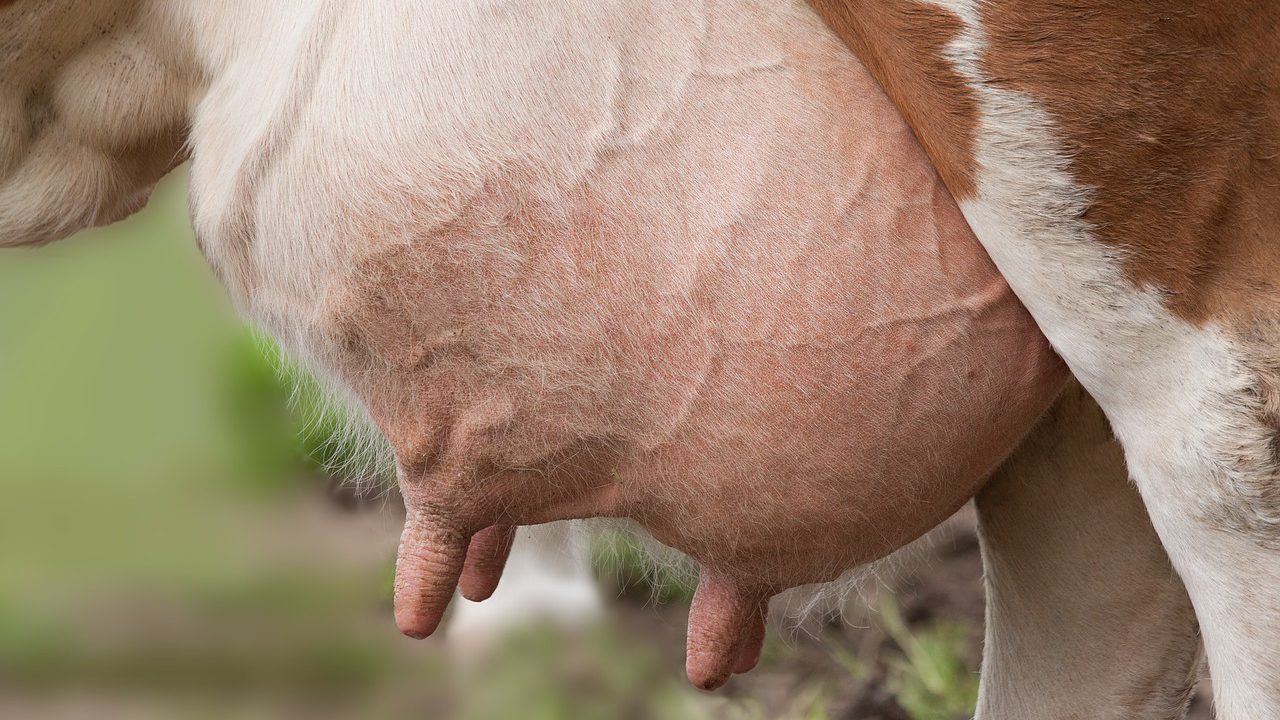With the drying-off period fast approaching, the use of selective dry cow therapy (SDCT) has become a hot topic of discussion amongst dairy farmers. However, SDCT won’t be an option for all farmers or for all cows; particularly, for farmers who aren’t milk recording or high somatic cell count (SCC) cows.
Where SDCT is not an option, a sensitivity test should be carried out to ensure that the antibiotic purchased is going to be effective against the specific type of mastitis present on your farm.
Otherwise, money could potentially be gone down the drain from using the incorrect dry cow tube – leading to greater incidences of mastitis next spring; in turn, causing milk losses and treatment costs.
Speaking at one of the Animal Health Ireland (AHI) / Teagasc CellCheck events this week, Frank O’Sullivan – a vet based in Co. Meath – said: “By 2022, under EU legislation we won’t be able to use certain antibiotics.
So, this willy nilly use of antibiotics has kind of gone out the window. There will be no more using antibiotics as a preventative or for ‘just in case’ anymore.
“Herds that are not suitable for SDCT should carry out a milk culture test and/or a sensitivity test. The milk culture test will tell you what bug it is and also, might point you in the direction of where it is coming from.
“If it is a strep problem, it could be the milking machine or if it is an E. coli problem, it could be related to hygiene somewhere. The sensitivity test will tell you what antibiotic will be most effective against a specific bug.”
According to Teagasc, the sampling procedure is critical to the success of each process – as you don’t want to compromise the sample with the bacteria from the surrounding environment.
- Clean, disinfect and dry teats before taking the sample;
- Wear disposable gloves and use sterile sampling bottles;
- Keep the bottle capped until ready to take the sample;
- Draw the milk into the bottle while holding it at a 45° angle;
- Refrigerate the sample at 4° and deliver to your vet for submission to the lab.
Now is an ideal time for farmers to gather information about their herd to see which cows may be suitable candidates for SDCT or which cows will need a culture and/or sensitivity test.

